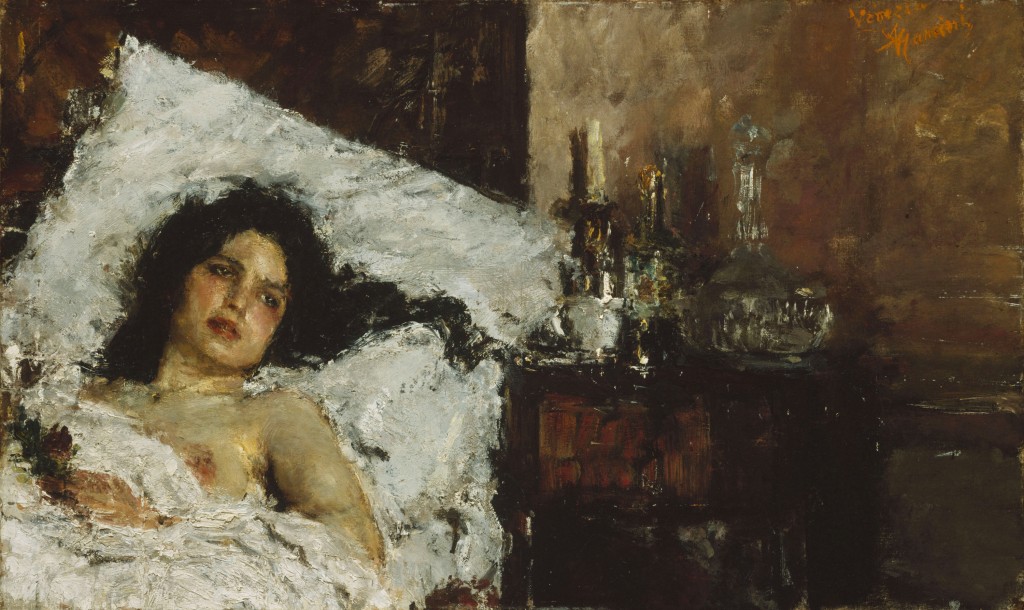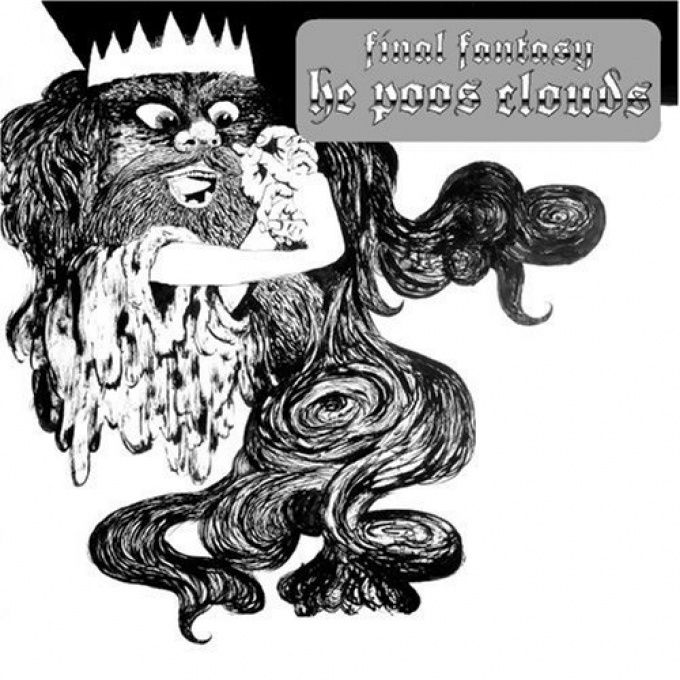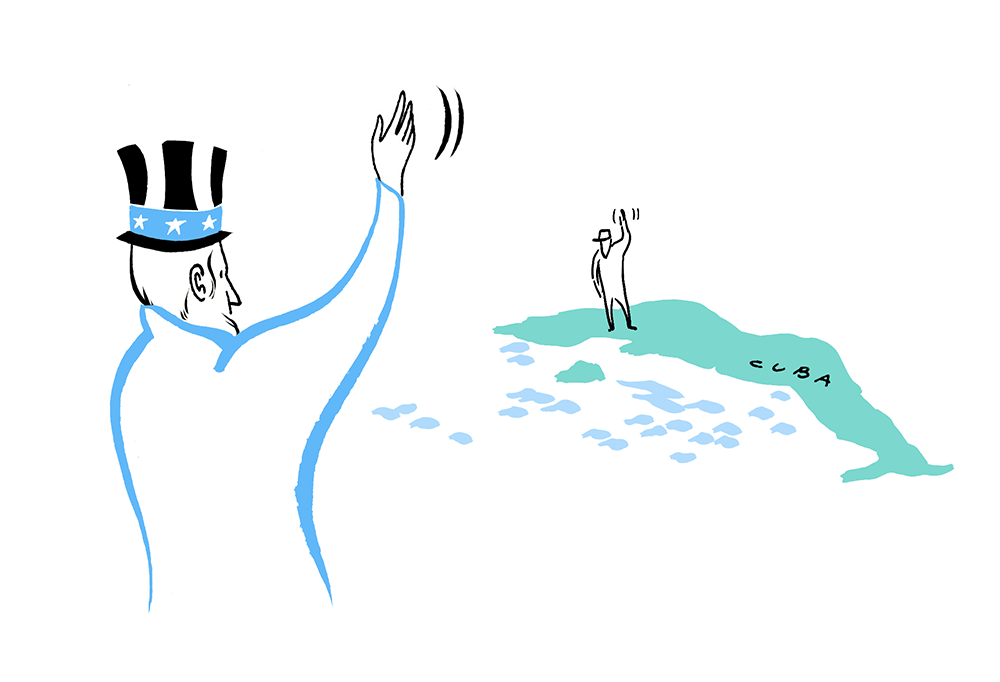Antonio Mancini’s Resting is an intimate depiction of a woman in bed with tousled hair, a flower in her hand, and one breast exposed. These details typically deliver a sultry scene, but Mancini’s woman is complex, as melancholic as she is mesmerizing. Her face is magnetic, drawing the viewer’s eye from all corners of the canvas to meet her off-screen gaze. A slight furrow in her brow accentuates her glassy expression.
One interpretation of Resting could be that the woman is a convalescent, with her flushed face decanters amassed on her end table. In the late 1800s, these were used for various liquids in both social and medicinal circumstances. Or it could be that this profoundly beautiful woman has just encountered a lover. What is clear is that she is suffering, unfulfilled.
This woman needs a song that is as classical, unnerving, and alluring as this painting. The lyrics of If I Were a Carp by Owen Pallett (as Final Fantasy) recount the tale of a ship captain who loses his mind after hearing the harrowing words of “a Lazarus,” that is, someone who has tasted death, who tells him that all of the lore surrounding the afterlife is myth. Pallett, often called a one-man orchestra, manipulates his myriad strings into an ominous and stirring symphonic compo- sition, marked by a heaviness tuned to the weight of the woman in Resting’s dread.

The song’s instrumentation, mas- terful and stark, builds suspense over five miniature movements. Its intensity thickens with the spine-tingling incorpo- ration of a viola beneath the vocals in the third movement, just before it is revealed what the Lazarus told the captain. “Trag- edy, tragedy! Death has you fooled!” he begins, as Pallett shifts focus from strings to clangs of foreboding percussion under his cavernous, watery vocals — the way a hallucination or a fever dream might sound. The Lazarus’ words inch along through a tunnel of reverberation, all the while tightening the bolts on our Resting woman’s paranoia.
Pallett’s primary melody features an interesting technique — the plucking of a violin’s strings, which infuses the piece with urgency. Similarly, it is rumored that Mancini’s painting process was a loud, ferocious event met with urgent and reckless abandon. It would be easy to assume a master of Italian Realism who invented his own mechanical painting device (as seen in the grid marks on the canvas), would be meticulous, but Mancini’s only obsessive concern was perfecting realistic light and color.
Much of the painter’s odd studio energy developed as a result of a mental illness attributed to mercury poisoning, which landed him in a hospital for four months in 1881-’82 (several years before he painted Resting). He was treated for, delirium, paranoia, hallucination, and anxiety, some of which persisted for the remainder of his life, influencing his man- ic method and newly discovered themes of unrest. Perhaps that is why the woman in Resting is frozen in what seems a state of delirium, exhausted by her internal turmoil. Is the painter inviting the viewer into his own mental exploration, or is a physical enervation resigning her to bed?

Mancini, as the painter, is granted the power of manipulating his subject’s energy. This concept is part of Necromancy, one of the eight schools of magic in the fantasy card game Dungeons & Dragons. It deals with death, undeath, and the meddling of health. Each of eight songs on Pallett’s album He Poos Clouds demonstrates the principles of one of the D & D schools. If I Were a Carp, of course, deals with necromancy. Historically, necromancy is the practice of communicating with the dead, often to interpret the future. This resting woman’s energy and health are forever in the hands of Mancini. Her vitality can only be restored by the very necromancer, himself dead, who set her in her state of unease.
The calming aspects of Resting reside in its representations of light and color and in Mancini’s rich palette, here deeply burnt into the wooden furniture depict- ed, wood not unlike the imagined ship of Pallett’s captain. Mancini and Pallett draw inspiration from the same period — Mancini’s dark tonal contrasts as learned by Italian Baroque painters and Pallett’s contemporary chamber music often referred to as “Baroque pop.”
It is not impossible to imagine If I Were a Carp squeezing into Resting’s 1887 zeitgeist, when classical compositions and opera reigned. Maybe that lingering transcendence of time is what makes both pieces so simultaneously gorgeous and unsettling. Necromancy is not dead.







